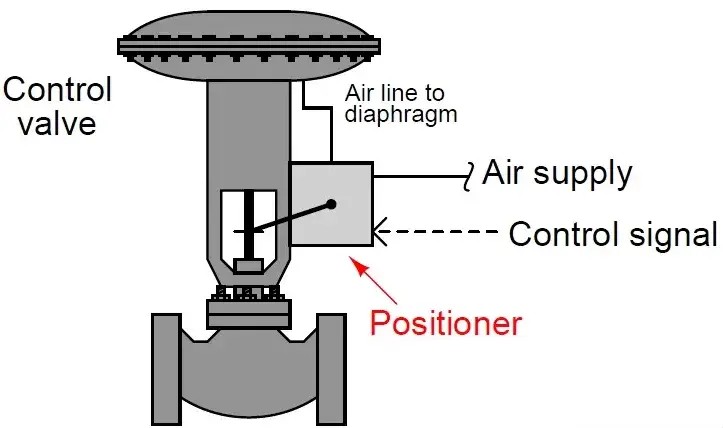Understanding Control Valve Positioners: Function, Types, and Industrial Importance
Introduction
China Control valve positioners are essential devices used to enhance the accuracy, responsiveness, and reliability of control valves in industrial automation systems. By ensuring that a valve reaches and maintains its desired position as instructed by the control system, positioners play a pivotal role in maintaining process stability and precision across sectors such as oil and gas, chemical manufacturing, power generation, and water treatment.
This article provides a detailed overview of how control valve positioners work, explores the various types available, and highlights their significance in modern industrial operations.
What Is a Control Valve Positioner?
A control valve positioner is an accessory mounted on a control valve that ensures the valve stem or plug moves to the precise position dictated by the controller signal. It continuously monitors and adjusts the actuator movement to eliminate discrepancies between the setpoint and the actual valve position.
Core Components and Functionality
A control valve positioner typically includes the following key components:
- Input Signal Interface
- Receives a signal from the process controller, usually pneumatic (3–15 psi), electric (4–20 mA), or digital (fieldbus).
- Feedback Mechanism
- Monitors the actual valve stem position using mechanical linkages or non-contact sensors and transmits this data back to the positioner.
- Controller/Logic Unit
- Compares the desired position with the feedback signal and determines the necessary correction.
- Actuation Control
- Modulates the actuator (pneumatic, electric, or hydraulic) to align the valve position with the controller’s input.
How a Control Valve Positioner Works
The operation of a control valve positioner can be summarized in five stages:
- Signal Reception
- The positioner receives a control signal indicating the desired valve position from a central controller.
- Position Comparison
- A feedback loop detects the current valve position and compares it to the setpoint from the controller.
- Corrective Action
- If the actual and desired positions differ, the positioner adjusts the actuator accordingly to realign the valve.
- Continuous Feedback
- As the valve moves, the feedback mechanism continuously relays position updates to ensure alignment.
- Equilibrium
- The process continues until the valve reaches the correct position. The system maintains this state until a new command is received.
Types of Control Valve Positioners
Positioners come in several forms to accommodate different system architectures and application needs:
1. Pneumatic Positioners
Use compressed air to drive actuator adjustments. Ideal for hazardous environments due to their explosion-proof nature.
2. Electro-Pneumatic Positioners
Convert electrical input signals (4–20 mA) into pneumatic outputs. These hybrid systems are widely used in automated process control environments.
3. Digital (Smart) Positioners
Employ microprocessors to offer precise positioning, remote calibration, diagnostics, and real-time communication via HART, FOUNDATION Fieldbus, or Profibus protocols.
Why Positioners Matter in Industrial Processes
Control valve positioners significantly improve operational performance by ensuring accurate valve movement and minimizing lag or errors in control response. Their use is critical in:
- Oil & Gas: Precision flow control under high-pressure, high-temperature conditions
- Chemical Plants: Accurate dosing and blending of corrosive and reactive fluids
- Power Plants: Efficient steam flow and turbine control
- Water Treatment: Controlled chemical dosing and flow regulation
Key Benefits of Using Control Valve Positioners
- Increased Accuracy
- Valve stems reach the exact position dictated by the control system, enhancing process consistency.
- Improved Response Time
- Rapid and continuous feedback allows quicker adjustments to process changes.
- Minimized Hysteresis
- Positioners reduce the delay and overshoot associated with actuator movement.
- Predictive Maintenance and Diagnostics
- Smart positioners offer built-in health monitoring and alerts, reducing unplanned downtime.
Conclusion
Control valve positioners are vital for achieving precise and reliable flow control in modern process industries. Whether operating in a conventional or fully automated smart plant, the addition of a well-chosen positioner enhances the performance, efficiency, and safety of the overall system.
By understanding their working principles, selecting the right type, and integrating them effectively into process control systems, operators can ensure smoother operations and better regulatory compliance—ultimately driving higher productivity and reduced operational costs. Know more about Google SEO Directory





Comments